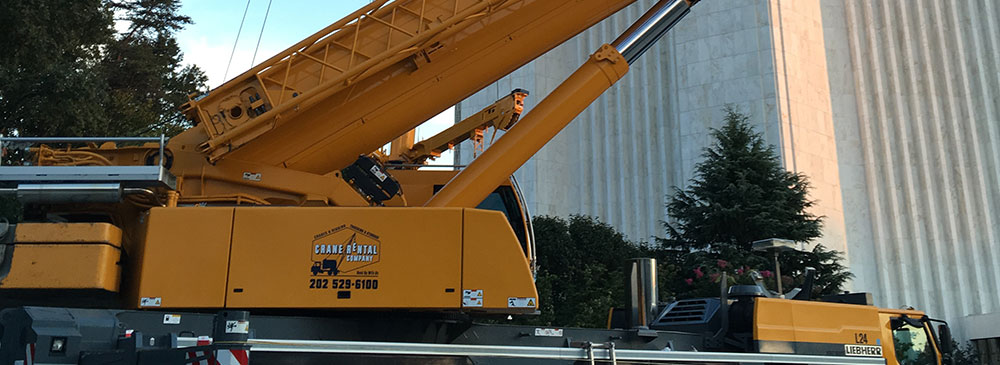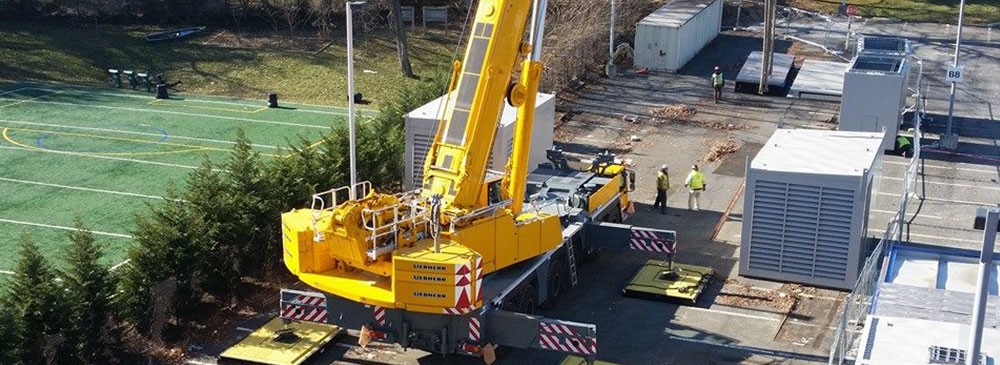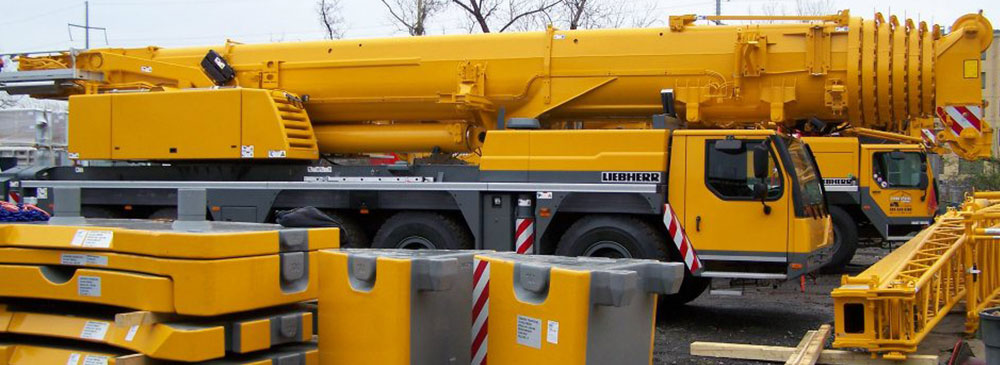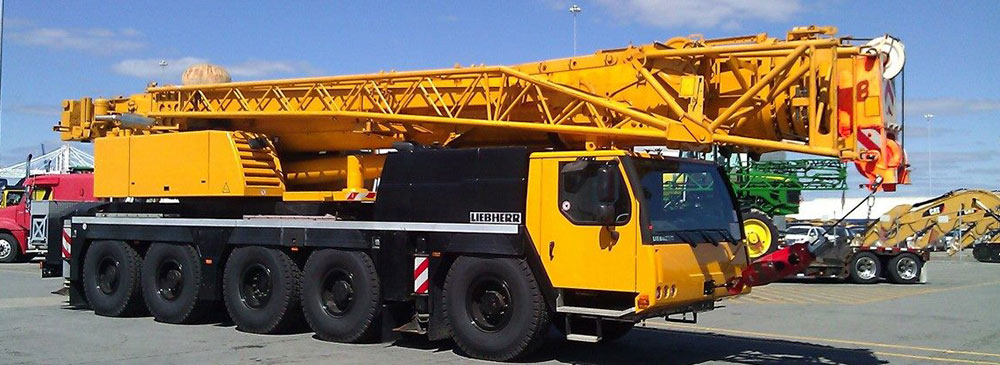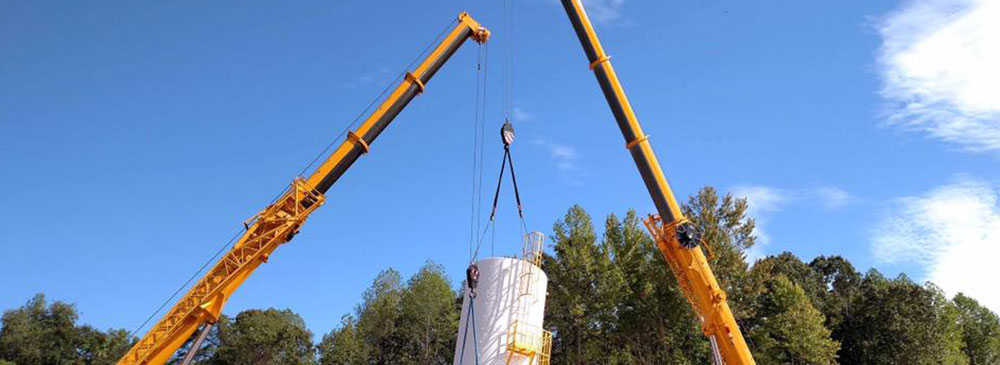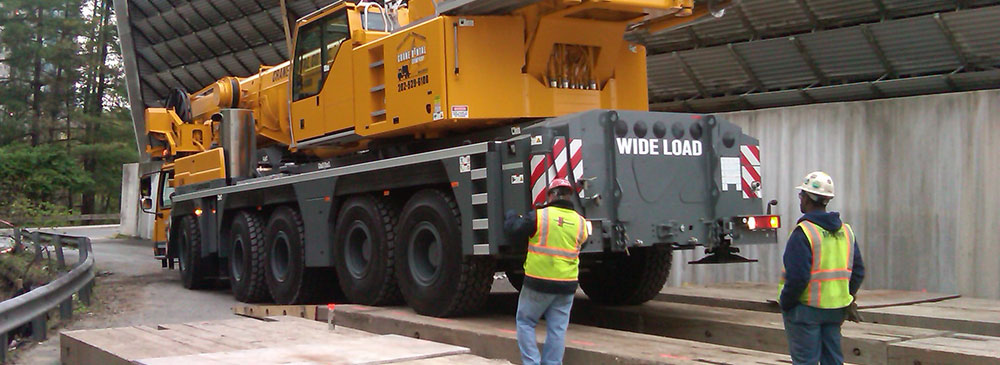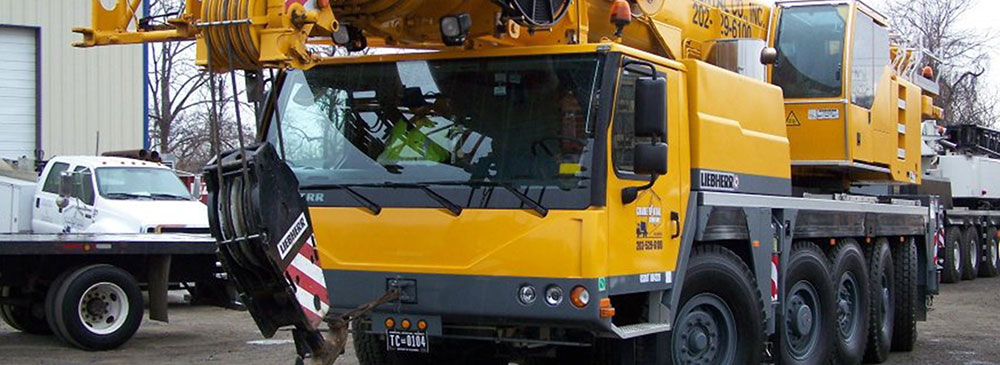
If you use heavy equipment in your projects, there are plenty of reasons you might consider moving the equipment from one point to the other. Some of these reasons as given by heavy machinery moving experts include:
You need to replace the machine
Machines, like other systems, have an expected lifespan. After reaching that threshold, machines require part replacements or, in certain circumstances, full removal.
Replacements are also necessary when the equipment becomes obsolete or is broken beyond repair. Running broken or obsolete machinery will cause more harm than good.
It will not only slow down production and increase costs, but it will also pose a risk to everyone involved. When you are looking to replace your old or malfunctioning machinery, you need experienced machine movers to remove the machinery and install new equipment.
You need to relocate the machine
Is your business outgrowing its current space? Are you seeking a facility with cheaper rent and overhead? Moving or replacing your equipment may be necessary if you want to relocate your operation.
Rather than investing money in new machinery, you should consider hiring a professional rigging company to move your heavy equipment.
If you are relocating the machinery from one section of the business to the other, you can use your own forklifts, air bearings, and other equipment to move the equipment. However, if you are moving the equipment from one state or town to the other, you will need to hire a company to help with the relocation.
You are redesigning the site
Finding the ideal arrangement for your work site can be challenging. As you work, you might find a better and more efficient arrangement and you have no other way out other than to move the equipment around to fit the new arrangement.
You are discarding old equipment
You need to decommission and discard machines as soon as they reach a certain performance level and begin to lose efficiency. However, the size of rejected pieces can vary, and they must be removed from the facility before scrapping.
Such a large-scale movement necessitates the use of expert movers to transport it to the appropriate disposal location.
You are upgrading to better machines
Machines and their components require constant upgrades for optimal functioning. Upgrade parts can be of various sizes, ranging from small screws to massive dynamos and generators.
To avoid damage, you need to ensure that all improvements are transported and unloaded with extreme caution. Depending on the size of the part, movers load and unload the machine using equipment such as air bearings or crane systems.
You are selling the equipment
You can downsize, relocate, or make changes regularly, and often dispose of or sell your old equipment. Discarding occurs when a machine has completed its life cycle and has outlived its usefulness.
If the machine is still functional or requires minor repairs, the best way to handle it is to sell it. When you sell the machinery, you will need expert movers to transport it to the new owner’s location.
Why do you need a professional mover when moving heavy machinery?
Regardless of the reason you are looking to move heavy machinery, you should always hire a professional company to help you out.
If you have your team that can do the moving you must be wondering why you should hire a professional to help you out, right? Well, there are plenty of reasons you should do it. These reasons include:
You reduce the risk of injury
You are familiar with your machine and are aware of its weight and size. Regardless of your motive for moving, it will be extremely unsafe for your employees to try to move it. In some cases, one of your employees may get injuries, and you may incur financial costs.
Hiring a rigging company ensures that your machinery is moved securely by skilled specialists who adhere to their guidelines.
When you are hiring moving professionals, always hire experienced ones with an insurance policy. This way you are sure that even if an accident happens, you won’t be responsible for compensating them.
You don’t strain your moving equipment
Moving big machinery necessitates the use of specialist equipment capable of safely handling the weight of the object being moved. If your equipment fails when transferring your machinery, it may cause harm to critical components of your machine.
Professional rigging companies provide skilled machinery moving contractors with the necessary rigging equipment to properly transport and preserve your machinery throughout the relocation.
You save time
Moving large machinery while trying to do your daily tasks is not only a physical drain on your employees and equipment, but it also wastes time.
Instead of having your employees complete jobs that they excel at for your firm, moving equipment diverts their attention away from the skills they provide to your team.
With a trained rigging business, the jobs are accomplished swiftly and efficiently, allowing your personnel to focus on what will help your business flourish.
Also, if you attempted to move the machine, you would have spent too much time doing it because you don’t have the right machine or skills for the task. With professional movers, they have the right equipment for the task. At the same time, they have been doing the moving tasks for too long which means that they complete the tasks fast.
You exonerate yourself from responsibility
As mentioned, moving heavy equipment comes with plenty of risks. The heavy equipment can fall, and people can get hurt, among many other risks.
When there are too many risks involved, the last thing you want is to be responsible for the outcome.
When you hire heavy equipment movers VA, you lift all of the responsibilities off your shoulders and place them on the shoulders of the equipment movers. They will be responsible for anything that happens to the equipment and the people handling the equipment.
To be safe, ensure that you hire an insured company. As mentioned, when you hire an insured company you are sure that the insurance company will handle the responsibility should anything happen.
